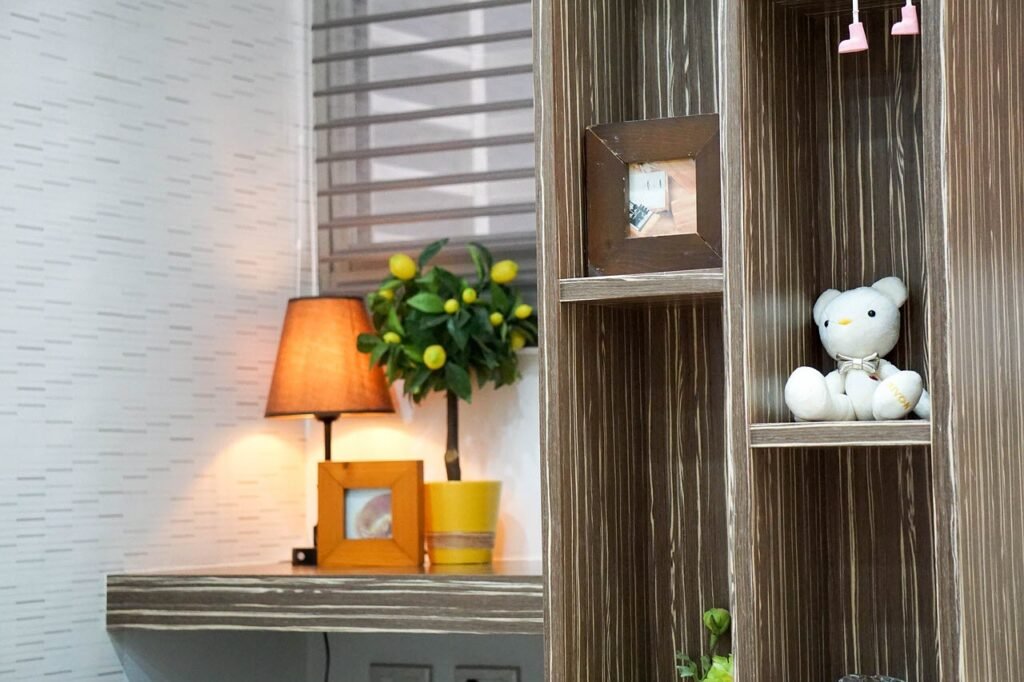Sustainability in Home Staging & Interior Design:
Incorporating eco-friendly practices and materialsMateriality in Home Staging & Interior Design: The selection and combination of materials used in a space, like wood, metal, glass, fabric, and stone. In staging and design, it influences the overall aesthetic, texture, and tactile experience, impacting the mood and functionality of the space. T... into staging, such as using recycled furniture and choosing energy-efficient lighting.

The Importance of Sustainability in Home Staging – Why it’s Something to Consider
Sustainability in home staging is becoming increasingly important as more buyers seek eco-friendly and energy-efficient homes. Sustainable staging involves using environmentally conscious materials, upcycled furniture, and energy-efficient lighting. It not only appeals to the growing market of environmentally aware buyers but also demonstrates a commitment to reducing environmental impact.
When considering sustainability in staging, it’s important to highlight features like energy-efficient appliances, low-flow fixtures, or sustainable materials used in the home. Using green practices in staging can enhance the property’s appeal"Appeal" in Home Staging & Interior Design: The overall attractiveness and desirability of a property to potential buyers, influenced by factors like curb appeal, layout, functionality, and staging. The Importance of Appeal In Home Staging - Why It's Something to Consider Appeal, in the context ... to a specific segment of the market that values eco-conscious living, potentially increasing interest and value.
Tips and Best Practices when Utilizing Sustainability in Home Staging
Sustainability in home staging is about promoting eco-friendly practices and showcasing a home’s sustainable features. Here are some best practices:
Highlight Energy-Efficient Features: If the home has energy-efficient appliances, solar panels, or other green technologies, make sure these are highlighted prominently in your staging and marketing"Brand Marketing" in Home Staging & Interior Design: Building awareness and recognition for your home staging or interior design business through various channels like online presence, social media, networking, and collaborations. The Importance of Brand Marketing In Home Staging - Why It's Some... materials.
Use Sustainable Materials: When possible, use furniture and decor made from sustainable or recycled materials. This could include items made from reclaimed wood, recycled glass, or repurposed items.
Incorporate Green Living Elements: Staging with indoor plants"Biophilic Design" in Home Staging & Interior Design: Incorporating natural elements like plants, natural materials, light, and ventilation into a space to create a connection with nature, promoting well-being and reducing stress. The Importance of Biophilic Design In Home Staging - Why It's Som... can improve air quality and add a visual connection to nature. Additionally, setting up a space in the home like a small indoor herb garden can emphasize the home’s potential for sustainable living.
Promote a Healthy Indoor Environment: Use non-toxic, low-VOC paints and finishes when preparing the home. This not only is better for the environment but also for the health of the occupants, which is an increasing concern for many buyers.
Educate Buyers: Provide information to potential buyers about the home’s sustainable features and their benefits, such as cost savings, environmental impact, or improved health and well-being.
Natural Light: Maximize the use of natural light in your staging to reduce the reliance on artificial lighting. This can be achieved by strategically placing mirrors to reflect light and choosing light window treatments.
Thermal Comfort"Ergonomics" in Home Staging & Interior Design: Designing spaces for comfort, safety, and efficiency, considering furniture placement, traffic flow, and accessibility for different users. The Importance of Ergonomics in Home Staging - Why It's Something to Consider Ergonomics is an important con...: If the home has features that improve thermal comfort, such as high-quality insulation or energy-efficient windows, ensure that these are mentioned to potential buyers.
Water Conservation: If there are water-saving fixtures installed, such as low-flow toilets and showerheads, these should be highlighted as part of the home’s sustainable practices.
Sustainable Landscaping"Curb Appeal Improvement" in Home Staging & Interior Design: Strategies to enhance the first impression of a property, like landscaping maintenance, repairs, painting, adding decorative elements, and improving walkways. The Importance of Curb Appeal Improvement In Home Staging - Why It's Somethi...: For homes with yards, staging should include sustainable landscaping solutions, such as drought-resistant plantsGreenery in Home Staging & Interior Design: Incorporating plants and botanical elements into a space to add color, texture, life, and a connection to nature. It can improve air quality and create a welcoming atmosphere. The Importance of Greenery in Home Staging - Why it's Something to Consider ... or a rainwater collection system.
Waste Reduction: Show how the home can contribute to waste reduction with a well-organized recycling and composting system in the kitchen or garage.
By focusing on these elements, you not only present the home as modern and eco-friendly but also tap into the growing market of environmentally conscious buyers who prioritize sustainability in their living spaces.

